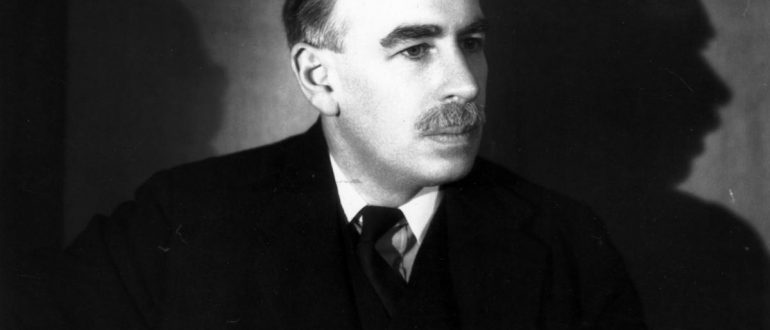
The European Payments Union: Back to the Future
Among monetary experts, there is a widespread consensus that the Eurozone in its current form is not sustainable. The key argument is that introducing the Euro abolished what has historically been the main mechanism for realigning diverging economies, i.e. exchange rate adjustments, while not replacing them with any other mechanism that would work sustainably. The USA, for example, sustains its currency by a mechanism of substantial transfers between economically divergent US states.
There is, however, no consensus among experts on how to proceed. There are basically two factions: one faction aims at complementing the currency union by a political union that would create the framework for substantial transfers between diverging EU states. The other faction suggests more or less unwinding the Eurozone. The most prominently discussed options cover a wide range: a) keep the Eurozone as it is but introduce domestic parallel currencies on a case-by-case basis; b) split the Eurozone in a Northern and Southern zone; c) let countries facing difficulties exit the Eurozone and d) dismantle the Eurozone and return to domestic currencies.
In 2014, Wolfgang Streeck published his book Buying Time: The Delayed Crisis of Democratic Capitalism. In this book, Streeck suggests replacing the current Eurozone by a European Payments Union (EPU). Only few experts know that in the 1950s, European states successfully operated an EPU that combined a payment system among European central banks with a genuine supranational credit currency. The irony of it is that the historic EPU could be abolished because it was successful.
Most observers will probably dismiss the idea of re-establishing an EPU as anachronistic. Maybe it is. There are, however, two reasons to think twice. In 2009, Zhou Xiaochuan, governor of the People’s Bank of China, gave a speech in which he floated the idea that the time has come to reconsider the creation of a supranational currency, at least in the long run. He explicitly referred to the International Clearing Union (ICU), a concept developed by John Maynard Keynes as the British proposal in the preparation for the Bretton Woods conference in 1944. Governor Zhou explicitly voiced his regret that Keynes’ proposal had not been accepted as it would have been more sustainable than the system established in, and named after Bretton Woods, which eventually collapsed in the early 1970s.
Keynes’s ICU was the blueprint for the EPU which replicated the same concept on a regional scale. The success of the EPU vindicates the efforts Keynes put into conceiving his vision of a post-war international financial order. Keynes highlighted the need for a system that is sustainable because it keeps macro- economic imbalances in check. This design principle was reflected in the architecture of the ICU, and subsequently the EPU.
There is a second reason for considering an EPU. There is a considerable risk that neither the move to a European political union nor an orderly unwinding of the Eurozone will be politically feasible. In case of a serious crisis, time may run out for exploring evolutionary change. The fact that the European Payments Union successfully worked under the severe economic and political conditions of the 1950s is a hint that it might also work under the severe conditions of our time. It is sufficiently flexible to work with whatever a full or partial unwinding of the Eurozone may confront us with. According to the precautionary principle, we should at least explore whether an EPU actually qualifies as a fallback position in case we find ourselves in troubled waters.
These ideas have been developed within the Integrated Project called DOLFINS: Distributed Global Financial Systems for Society. This project has received funding from the European Union’s Horizon 2020 research and innovation programme under grant agreement No 640772.
This article was first published in August’s issue of the Diplomatic Magazine.



